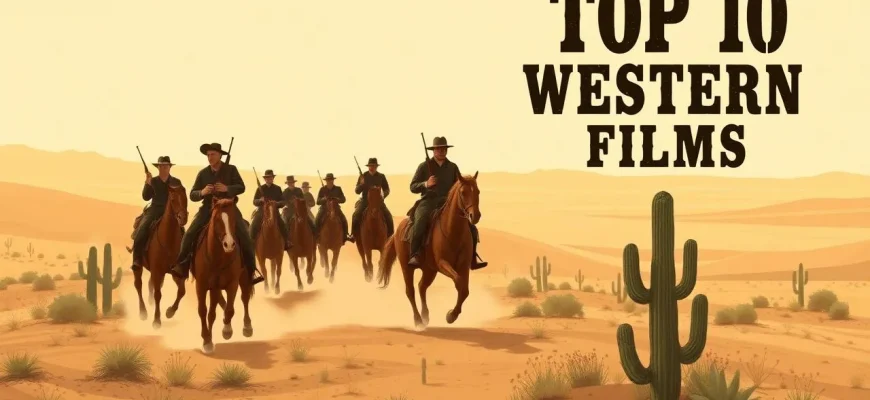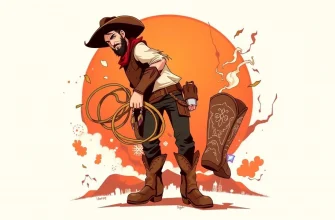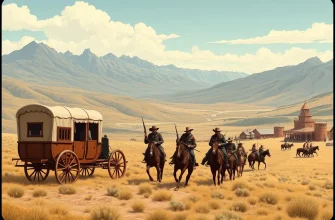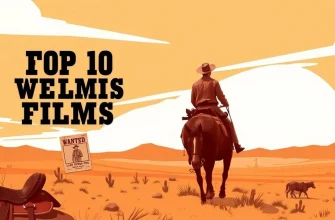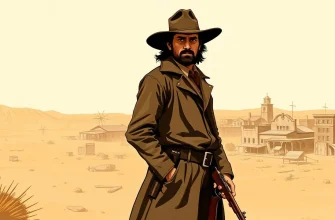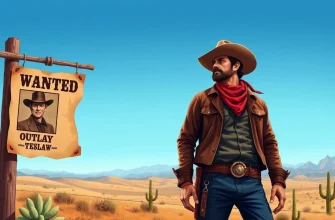This collection brings together the best of two iconic genres: the Western and the war film. These movies not only capture the essence of the Wild West but also delve into the complexities of military life, offering viewers a unique blend of action, drama, and historical insight. From tales of cavalry units to stories of soldiers turned cowboys, this selection promises a thrilling cinematic experience that celebrates the spirit of adventure and the harsh realities of conflict.
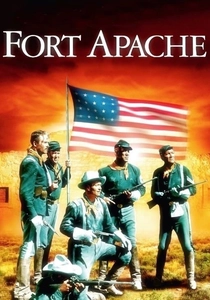
Fort Apache (1948)
Description: This film tells the story of a cavalry officer's pride leading to disaster at the hands of the Apache. It's included for its depiction of military life in the West and the tension between military authority and Native American rights.
Fact: John Wayne's character in this film, Captain Kirby York, was originally intended to be a much younger man, but Wayne's age and star power led to the character being rewritten.
 Watch Now
Watch Now
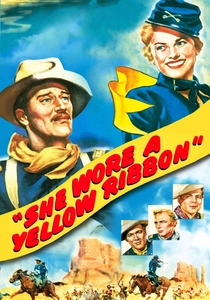
She Wore a Yellow Ribbon (1949)
Description: Another John Ford classic, this film follows a cavalry officer near retirement who must prevent a potential war with the Cheyenne. It's a poignant look at duty, honor, and the end of an era in military Westerns.
Fact: The film was shot in Technicolor, showcasing the beauty of Monument Valley. It was also one of the first films to use the VistaVision widescreen process.
 Watch Now
Watch Now
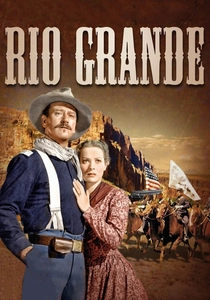
Rio Grande (1950)
Description: This film features a cavalry officer dealing with personal and professional conflicts as he leads his troops against Apaches. Its inclusion highlights the military dynamics within a Western setting.
Fact: It's the third and final film in John Ford's "Cavalry Trilogy," following "Fort Apache" and "She Wore a Yellow Ribbon."
 Watch Now
Watch Now
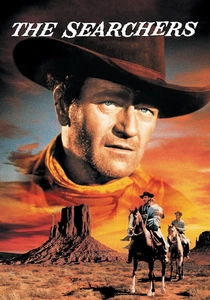
The Searchers (1956)
Description: While not strictly a military film, it features Ethan Edwards, a former Confederate soldier, on a quest to rescue his niece from Comanche kidnappers. Its military theme is evident in the character's background and the film's exploration of post-war identity.
Fact: The film was shot in Monument Valley, which became synonymous with John Ford's Westerns. It has been widely acclaimed for its complex portrayal of racism and revenge.
 Watch Now
Watch Now
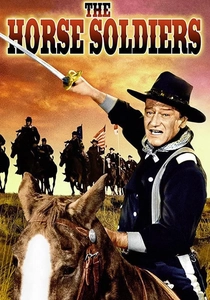
The Horse Soldiers (1959)
Description: Set during the Civil War, this film depicts a Union cavalry raid led by Colonel John Marlowe. It's a classic example of a military operation in a Western context, showcasing the clash between military discipline and the untamed frontier.
Fact: John Ford, the director, was known for his Westerns, but this film is one of his few that focuses on the Civil War. The film's climactic battle was shot at the same location where the Battle of Raymond was fought in
 Watch Now
Watch Now
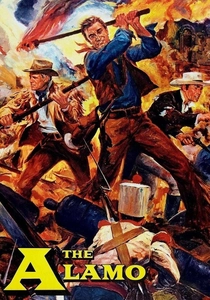
The Alamo (1960)
Description: Although more historical than a typical Western, it depicts the famous battle at the Alamo, showcasing military strategy and sacrifice in a frontier setting.
Fact: John Wayne not only starred but also directed and co-produced the film, which was a passion project for him, taking years to complete.
 Watch Now
Watch Now

Major Dundee (1965)
Description: This film follows Union cavalry officer Major Amos Dundee as he leads a motley crew of soldiers, including former Confederates, on a mission to hunt down an Apache war chief. Its inclusion in this list is due to its portrayal of military strategy in a Western setting.
Fact: The film was initially a box office disappointment but has since gained a cult following. Sam Peckinpah, the director, had numerous conflicts with the studio, leading to a heavily edited version.
 Watch Now
Watch Now

The Undefeated (1969)
Description: Following the Civil War, a Union Colonel and a Confederate Colonel lead their men to Mexico, where they encounter bandits and must work together. It's a tale of post-war reconciliation in a Western setting.
Fact: This was one of the last films John Wayne and director Andrew V. McLaglen made together, showcasing their long-standing collaboration.
 Watch Now
Watch Now
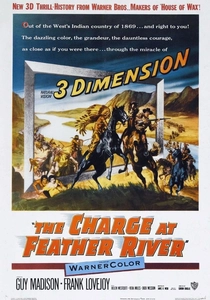
The Charge at Feather River (1953)
Description: A group of cavalry soldiers must rescue hostages from Native Americans, showcasing military tactics and the harsh realities of frontier warfare.
Fact: This film was notable for its use of the Cinemascope process, which was relatively new at the time, providing a wide-screen experience for viewers.
 30 Days Free
30 Days Free

The Last Outpost (1951)
Description: A Confederate officer is sent to infiltrate a Union fort, leading to a clash of loyalties and military strategy. This film blends the themes of espionage with the Western genre.
Fact: The film was originally released in 3D, one of the first Westerns to do so, although the 3D version is now rare.
 30 Days Free
30 Days Free

